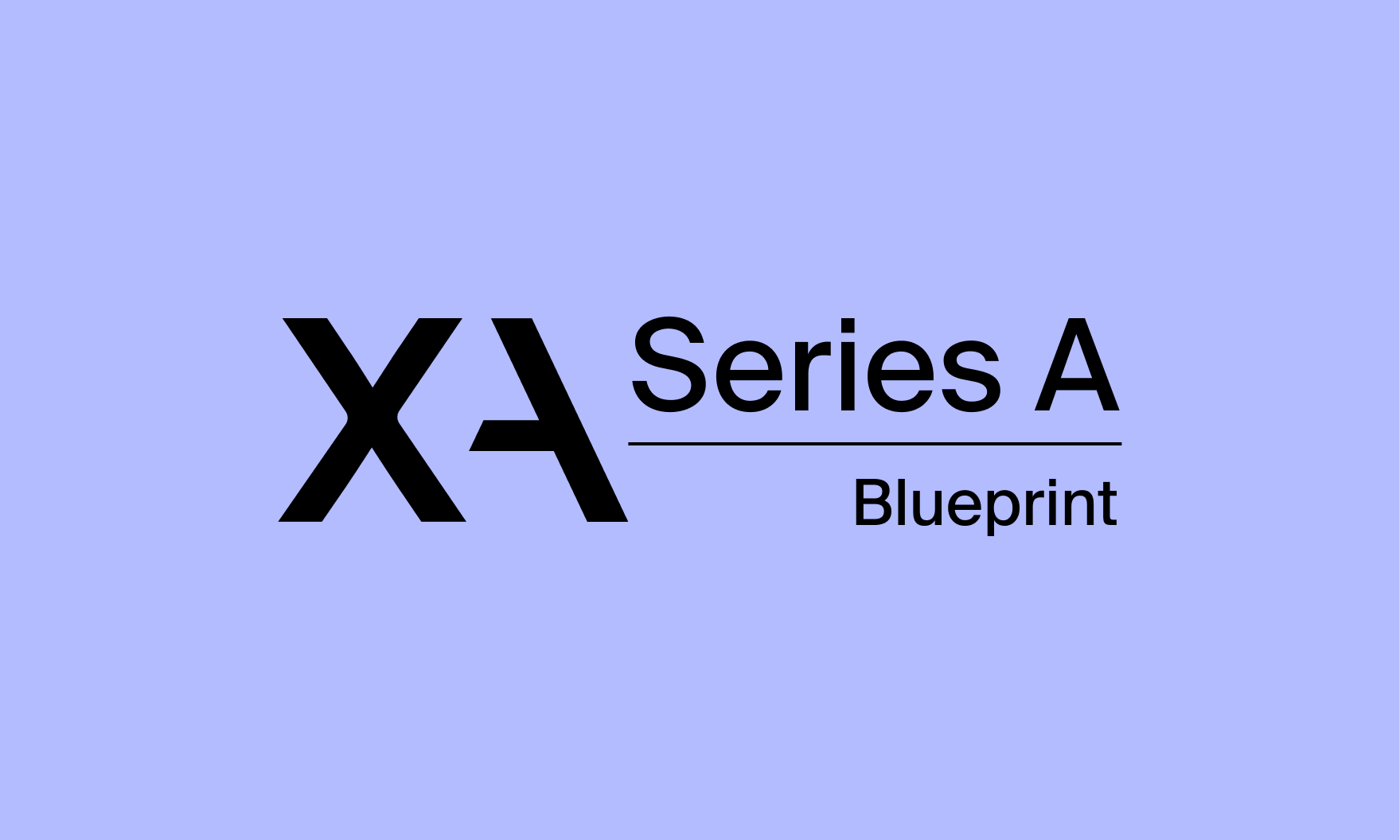
Unlock the Blueprint For Series A Success
The XAnge Series A Blueprint is the ultimate guidebook for European Seed Founders looking to secure Series A funding in 2024.
We open doors to unlock the full potential of your equity story. With access to experienced investors, visionary founders, top talents and experts, we draw on lessons from over 200 startups. We combine the strategic expertise of our board members with the hands-on support of our Startup Success Team.

The XAnge Series A Blueprint is the ultimate guidebook for European Seed Founders looking to secure Series A funding in 2024.
With a solutions-first mindset and an unwavering dedication to founders, the Startup Success Team transforms obstacles into opportunities, enabling sustainable growth for startups across industries.



XAnge offered real support. Their Startup Success team has been a game changer, always responsive and deeply committed. Their belief in our potential gave us the confidence to aim higher.
Their expertise in the German market and hands-on support with recruitment have been key to accelerating our growth.
They opened the right doors for our expansion into France and have been true thought partners from day one. We love working with such a founder-friendly team.




CEO Leadership
Supporting leaders through operational transitions, board and executive management, mental health, and personal growth.
Fundraisings & Exits
Navigating key milestones, planning future fundraising, and managing exits, mergers, and acquisitions. XAnge played a pivotal role in Believe’s €100M+ exit, proving instrumental despite market challenges.
Team Structure & Hiring
Cultivating strong company cultures and connecting top talent. Over 150 successful talent introductions in 2023 alone.
Business Expansion
Providing hands-on support in sales, international growth, and strategic mergers & acquisitions.
Sustainable Growth
Tackling key challenges such as carbon footprint reduction, cybersecurity, diversity, and value-sharing.
Fast, Reliable Support
Handled over 4,000 portfolio requests in the past 5 years, including 900+ in 2024.
Response time in our SLA
We know every founder’s problem is one too many. Our goal is to resolve issues fast so they can focus on what matters.
High Success Rate
82% of challenges are solved effectively—whether through shared resources or hands-on action.
Outstanding Feedback
A 4.6/5 NPS reflects our commitment to portfolio satisfaction and our drive to keep raising the bar.

The Startup Success Team
In 2019, XAnge became the first VC in France to embrace the platform model for startup support, drawing inspiration from the best practices in the U.S. Our dedicated four-person team, combining a generalist mindset with CEO-level expertise, provides hands-on, long-term support tailored to each founder's unique challenges.
At the core of our approach is a deep commitment to founders. Through structured, standardized services and centralized, automated resources, we ensure no startup is left behind. Our customer-centric model reflects a simple belief: your success is our mission.
In 2024, this dedication was recognized by the ecosystem when France Digitale named us Best Operating Team in a VC Fund.
Fuel for the Future
The lastest resources created by the Startup Success team.